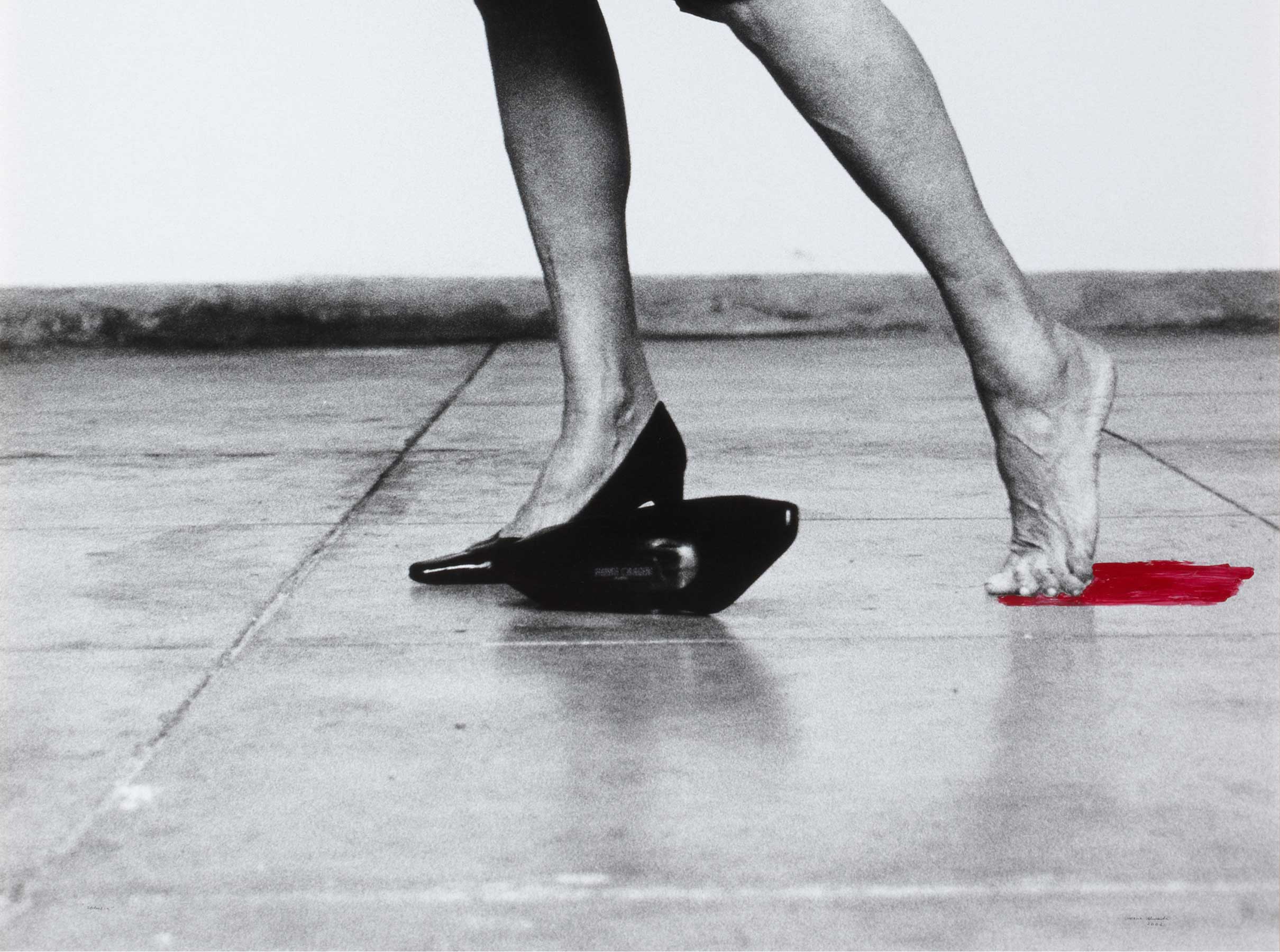Sin título [Untitled]
- 1993
- Oil on canvas
- 259,5 x 250 cm
- Cat. P_553
- Acquired in 1993
In the 1990s, Miguel Ángel Campano’s work achieved a high degree of maturity and conceptual distillation. The exhibition staged by the Reina Sofia Museum at the Velázquez Palace hall (1999), which included the two works held at the time in the Banco de España collection, confirmed the arrival of this painter, whom many critics still believe to be the most brilliant of his generation. Untitled (1993) is part of a series of works combining black and white on large, very austere surfaces, arising out of an extraordinary desire to strip down colours and shapes, reflecting a new ascetic, but not decisively purist, drive, as Campano allows the processes and changes of mind, the slight drips and the tensions of the fight between clear chromatic boundaries to show through, without this level of honesty making the work any less emphatic.
Other works by Miguel Ángel Campano

![Sin título [Untitled]](/f/webca/INF/assets/img/fff.png)